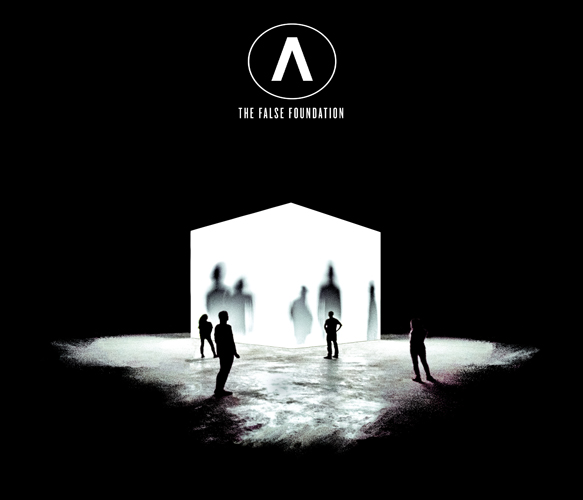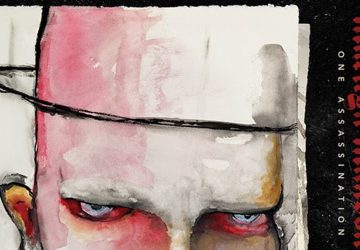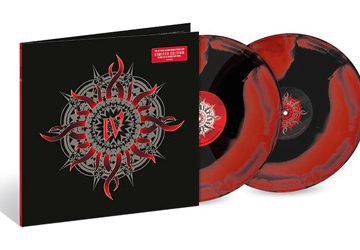
In the years since, Archive shifted from styles, dabbling in sounds leaning toward Psychedelic and Progressive driven. Extremely active in recent years, Archive return in 2016 with their third album in three years, The False Foundation. Directly following 2014’s Axiom and 2015’s Restriction, The False Foundation is their tenth overall album. Featuring the lineup of Keeler and Griffiths along with Pollard Berrier (vocals, guitar, programming, arrangements), Dave Pen (vocals, guitar), Maria Q (vocals), Holly Martin (vocals), Steve Harris (guitar, backing vocals), Jonathan Noyce (bass), Steve (“the menace”) Davis (bass), Steve Barnard (drums), and Mickey Hurcombe (guitar, keys), The False Foundation hit the public as of October 7th via PIAS Records.
Comparable in length to last year’s Restriction, The False Foundation begins with an easy rhythm, a sad cadence, and near whisper vocals. A modern style meditation, the mood is dark and shifting, even with the twisting, warped sound effects sprinkled around the tracks. Thereafter, “Blue Faces” features warbled, broken vocals that draw up images of a mature reminiscence, only found in emotions deeply felt, and regret permeates even to the soul.
From here, the album does not stay in the trance-like rhythm for long, as sharp snares and heavier rocking beats pick up the energy some in the next songs. For example, “The Pull Out” plunges the album deeper into the dark spacey vibes with watery effects and falling synth pieces. From here, songs glide easily from one to the next, morphing the energy of the album with ease. This seemingly forces a mind set to instrumentals, thus aiding the thought-provoking messages found in each track.
Furthermore, “A Thousand Thoughts” pulls the emotion back to broody with a chorus of gentle vocals, as if each voice represented a separate thought come together, coalescing into a single consideration. From here, the next few compositions ease back into a quicker tempo, and the gentle, hazy fog drifts in and out of each other. This is evident with “Sell Out,” which uses liquid effects while voguish beats and vocals merge together in metamorphosis. Twisting and turning, the album ends with a matter-of-fact attitude as well as a salute, as if to say goodbye to humanity, then returns to the melancholy feeling that first began the dream-like listening experience.
Overall, The False Foundation leads the listener on winding pieces of music of thought, ones which are meant to challenge current ways of thinking. Simply put, Archive sets the stage superbly with pulsing instrumentals and lyrics that simultaneous complement the beat, drawing attention each song’s meanings. For this reason, CrypticRock gives The False Foundation 5 out of 5 stars.






No comment